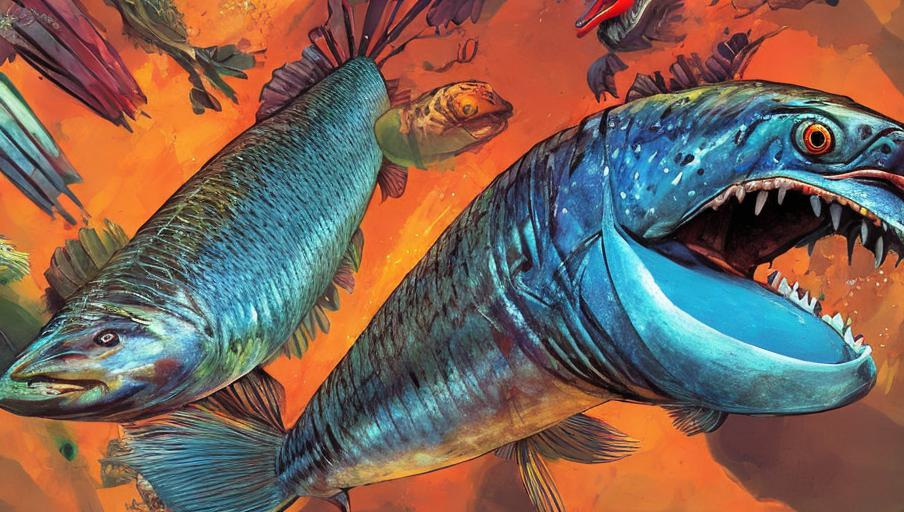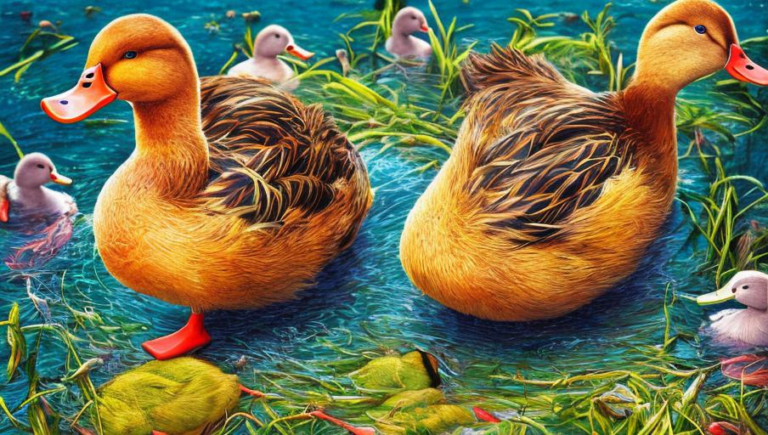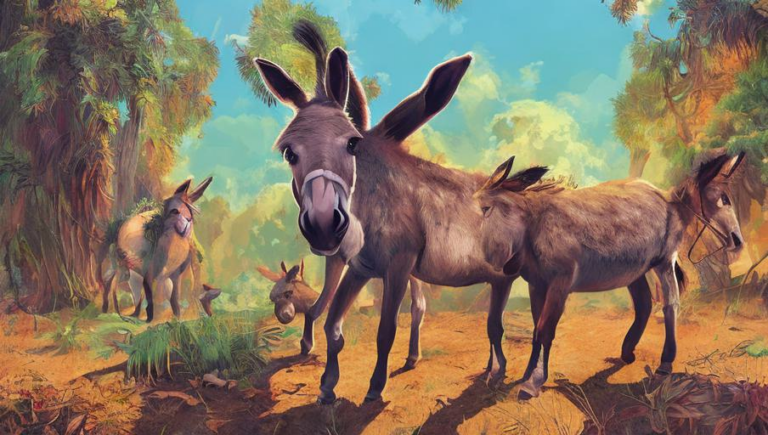Habitat Destruction and Its Impact on Barracudas

Barracudas
Barracudas are large predatory fish found in tropical and subtropical waters around the world. They are best known for their long, slender bodies with sharp teeth. Barracudas can range in size from small, about 8 inches long, to large, about 5 feet long. They feed on small fish, crustaceans, and squid.
Habitat Destruction
Barracudas, like many other aquatic creatures, are being threatened by habitat destruction. The destruction of coral reefs, mangroves and other coastal ecosystems are having a devastating impact on these fish. As these habitats are destroyed, the food supply for barracudas is reduced, which greatly affects their ability to survive. Additionally, the destruction of habitat also reduces the available spawning grounds for barracudas, reducing the number of offspring that survive.
Overfishing
In addition to habitat destruction, barracudas are also affected by overfishing. Overfishing has caused a decrease in the size and number of barracudas in the wild, as well as an increase in the size of the fish being caught. This has an impact on the size and number of barracudas that can reproduce, leading to a decrease in the number of barracudas that can sustain their populations. Additionally, overfishing has caused a decrease in the availability of food for barracudas, as the smaller prey fish are being caught at a faster rate than they can reproduce.
Pollution
Pollution has also had a negative effect on barracudas. Pollutants such as industrial chemicals and agricultural runoff can enter the water and contaminate the food sources of barracudas, as well as the water itself. Pollutants can also disrupt the natural balance of the ecosystem, affecting the food chain and reducing the number of barracudas that can survive.
What Can Be Done?
In order to protect barracudas, there are a number of steps that need to be taken. One of the most important is to reduce the amount of habitat destruction. Coastal ecosystems, such as coral reefs and mangroves, need to be protected and preserved in order to ensure their survival. Additionally, overfishing and pollution need to be addressed in order to protect barracudas and other aquatic life. Finally, education and outreach are key to raising awareness of the importance of preserving these creatures and their habitats.
Conclusion
Barracudas are an important part of the marine ecosystem and their populations are being threatened by habitat destruction, overfishing, and pollution. In order to protect these creatures and their habitats, we need to take action to reduce these threats and educate the public about the importance of conservation. By protecting barracudas, we can ensure that these amazing creatures continue to exist in the wild for generations to come.





